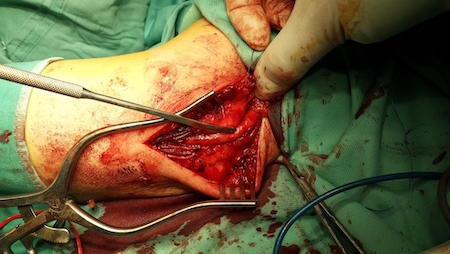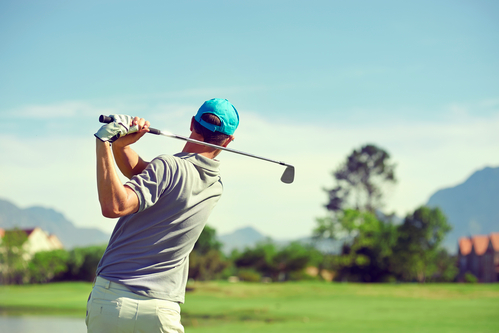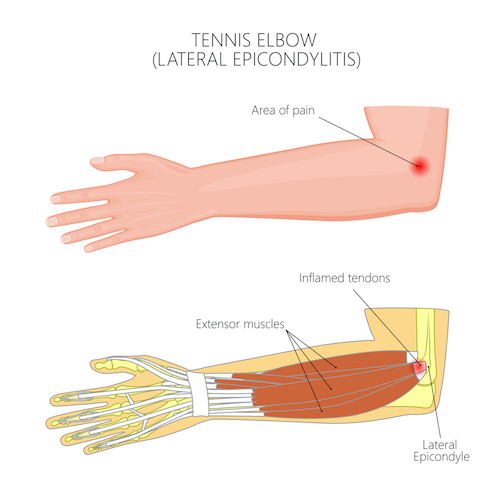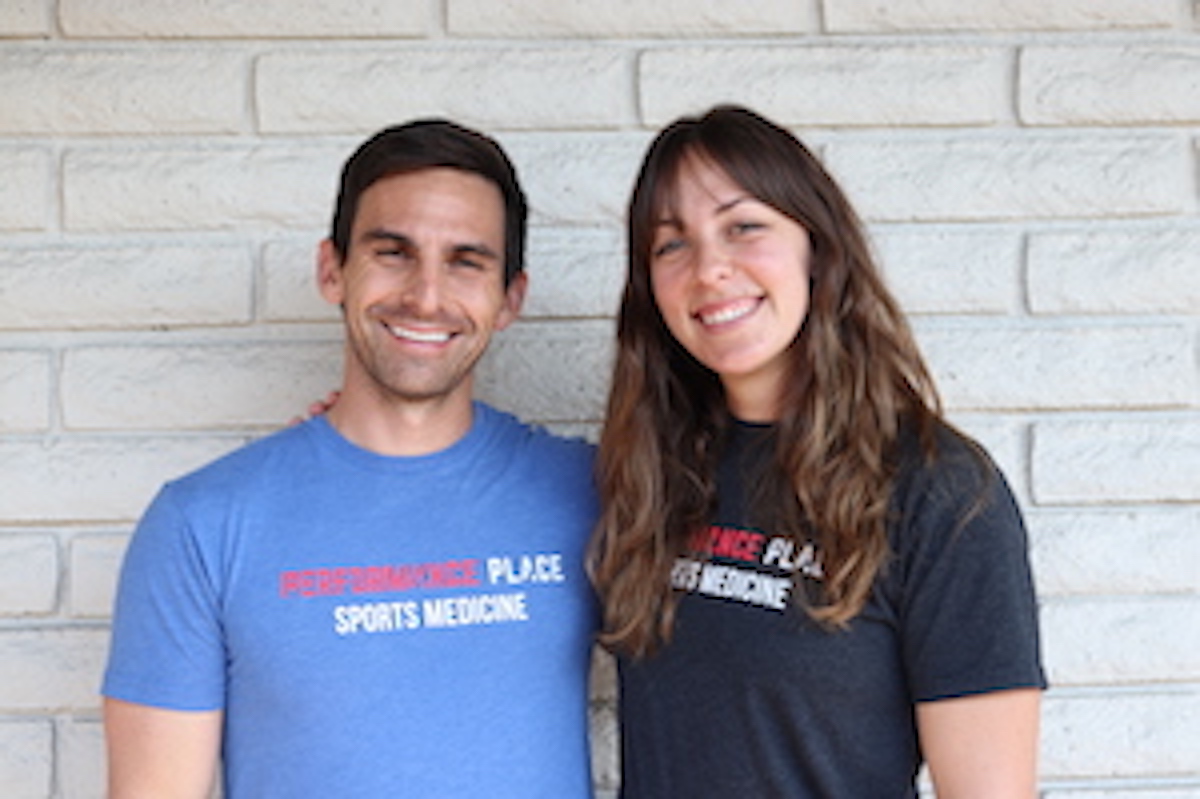Best Tennis Elbow Pain (Outer) Article On The Internet [2021 Update]
Tennis elbow pain is really common but by the time you finish this article you will have a better idea of what to do next in your journey to recovery!
Tennis elbow (aka lateral epicondylitis), is outer elbow pain often increased with repetitive use of the hand, or with increased racket sport play (tennis, pickleball, and golf). Tendons connecting the elbow to the wrist become inflamed and painful. Recovery is expected within weeks to months with proper treatment. Full recovery is expected.
Hey everyone!
I’m Sebastian Gonzales, author of this article. To make it thorough, I will include the following sections:
- Anatomy
- Symptoms
- Causes
- Diagnosis
- Treatment
- Exercises
- Prevention
If you’ve already read other articles on tennis elbow, just skip around this article. The anatomy of the area has not changed over thousands of years.
My option of diagnosis and effective treatment is unique from most articles that report archaic methods of tennis elbow treatment (ice, heat, rest, bracing, etc) that only tend to work in simple cases.
I’ll be covering the best treatments that have been recognized in the last few years. Feel free to skip ahead as you please.
I’ll be including some video links.

Anatomy of The Elbow
The elbow is composed of three bones. The humerus (upper arm) and forearm bones (radius and ulna). As these bones come together they create the elbow, along with some of the bony prominences you feel on your elbow.
The bony area on the inside of the elbow is known as the medial epicondyle of the humerus (location of golfer’s elbow). The bony area on the outer side of the elbow is known as the lateral epicondylitis (location of lateral epicondylitis).
The wrist flexors and pronator muscles attach to the medial epicondyle on the inner side. The muscles that extend the wrist and supinate the forearm are attached to the lateral (outer) epicondyle. These extensor muscles of the forearm are believed to be associated with lateral epicondylitis.

Symptoms of Tennis Elbow
Most of the time symptoms of outer elbow pain happen gradually. In fact, most people will be confused about what causes their outer elbow pain because they in fact “didn’t do anything” to cause it.
Typically there was no impact, accident, or fall. It gradually increases over weeks to months if left unaddressed in the early stages.
Early signs and symptoms are:
- an ache in the forearm
- hand weakness or a less firm grip
- elbow pain at night (laying on it or not)
- Changes of sensations to the hand or forearm
Symptoms of tennis elbow increase with the increased use of the hand (writing, typing, knitting, texting, manual labor, woodwork, and more).
Sports that tend to increase symptoms of tennis elbow are tennis, golf, pickleball, baseball, racketball, lacrosse, and any sport that uses a stick, club, or racket.

Causes Of Tennis Elbow
Much of what you read on the internet will suggest the symptoms of tennis elbow will come with the increased use of the hand or starting a new sport. The belief is that with this increase of use, microtears within the tendon of the wrist extensor muscles begin to occur. The muscle/ tendon complex that tends to take most of the blame is the extensor carpi radialis brevis (ECRB).
While some research has indicated micro-tearing and repairing in the extensor carpi radialis brevis (ECRB) tendon is the cause of elbow pain is some, interestingly, not all people with outer elbow symptoms will not show proof of micro-tearing.
Does micro-tearing and formation of scar tissue of the tendon indicate you will have tennis elbow pain? No.
Is nothing found on your X-ray, MRI or ultrasound mean you do not have outer elbow pain? No.
So if many people suffering from elbow pain don’t have tearing of the tendon, what is causing their pain? Good question.
Continue to the next section.

Diagnosis of Tennis Elbow
Diagnosis of elbow pain requires a thorough history taking process and examination.It is not as simple as “outer elbow pain = tennis elbow.” If it was that simple most of the sports medicine profession would be out of a job!
As much as we’d all like to believe Dr. Google can help us diagnose ourselves, many people’s self-diagnosis is incorrect. Incorrect diagnosis leads to improper treatment and poor resolution of tennis elbow pain.
A physical examination typically requires a skilled medical practitioner to place their hands on you and stress test the elbow, as well as the surrounding regions. This can be performed by a sports chiropractor, doctor of physical therapy, medical doctor, or orthopedic doctor.
A thorough examination typically takes around 15-30 minutes with patient questioning.
Physical examination of the neck, shoulder, and wrist should be performed at the same time to rule out other possible reasons for outer elbow pain. Referred symptoms from the spine can also create outer elbow pain, present as a “pseudo-tennis elbow.”
Cervical disc irritation or spinal nerve root pressure are common diagnoses that refer to the outer elbow. Neck pain is not always present when this referred outer elbow pain is occurring. Often other associated findings will give clues to narrow down the working diagnosis.
Here are a few common clues that give reasons to suspect someone has referred to outer elbow pain from the neck rather than a true tennis elbow.
- Shoulder blade ache
- Numbness in the arm or hand
- Neck pain or stiffness (even if you feel it is age-related)
- Arthritis of the neck
- Shoulder pain on the same side
- Weakness of grip
- Headaches
- Pain not decreased with oral over the counter medication
- Outer elbow pain worse in the morning
- Outer elbow pain worse when seated or driving
If some of these strike a chord, you should have your neck and shoulder examined before starting tennis elbow treatment. You do not need an image of any type to have a thorough examination. Again, an exam can be performed by a skilled medical professional.
Other possible diagnoses associated with tennis elbow are:
- cervical disc herniation
- cervical radiculopathy
- infection
- bursitis
- supinator syndrome
At Performance Place Sports Care, we perform a detailed exam and history before applying treatment for tennis elbow. No treatment plan is the same. We just do what works. You can see us in-person or virtually to get results.
We have seen hundreds of cases of tennis elbow and have not had to send one single person out for surgery in 10+ years of practice. Give us a shot… we may just wow you!

Treatments for Tennis Elbow
Old school treatment of tennis elbow includes:
Rest, ice, heat, compress, brace. In my opinion, all of these treatments are fine for the reduction of pain, yet they don’t always restore the full function of the arm. I’ve seen people using these treatments for months, which is way too long. If these treatments don’t significantly reduce your pain within 2-3 weeks, you should consider a new treatment approach.
Physical therapy treatment of tennis elbow includes:
Physical therapy can be very helpful. A skilled physical therapist can help with most reasons for outer elbow pain. Using specific stretching and strengthening exercises to address the root of the problem can help. Deep tissue work, Active Release Techniques, Graston, Fascial Distortion methods can all be helpful as well.
Be aware when selecting a facility that you are given one-on-one coaching on how to perform exercises. Exercises for tennis elbow are very helpful when performed correctly. The magic is not in the exercise, it’s how they are performed.
Chiropractic treatment of tennis elbow includes:
When most people think of chiropractic care, they think of the “crack.” A well-trained chiropractor can also coach corrective physiotherapy exercises, which is the same as physical therapy exercises when you read a thesaurus.
Using the same exercises, a chiropractor can coach how to perform them correctly (coaching skilled are provider dependent). I bring this up because, yes a chiropractor can help you with tennis elbow via a customized plan of adjusting, deep tissue, stretches, and corrective exercises.
Consider a skilled physical therapist and a skilled chiropractor as being able to both apply the effective conservative treatment. Just pick who resonates best with you!
Exercises for tennis elbow includes:
Corrective exercises work very well for tennis elbow. Below are some exercises that work well for referred and true tennis elbow.
Here is my favorite exercises that work like clockwork when we are dealing with a neck referred tennis elbow. Sub to our Youtube Channel and see our growing video library of exercises and stretches for tennis elbow here.
Prevention
Prevention of tennis elbow comes in the form of being physically capable. Having a well-rounded physical program (think daily PE class) that includes stretching, mobility, strength, and walking are great starts. Most people do not need a “specific tennis elbow prevention plan.” They need to just move more. Have fun. Be a kid.
In Closing
If you have been suffering from tennis elbow and feel like you have tried everything, you probably haven’t. Finding the right person regarding a correct diagnosis, treatment plan design and effective coaching is challenging. To be honest, there is no better place to start than to just call and speak with a facility.
- Ask how they manage outer elbow pain.
- Do they ever see elbow pain referred from the neck?
- What is their typical client type?
- What types of things will they have you do?
Get a feel of who your doctor and staff will be before you commit to care. Once you find the right team, you will feel normal again in no time.
If you want us to help you, we can. We are able to help people recover from outer elbow pain VIRTUALLY or IN-PERSON.
Our style of care doesn’t fully require us to place our hands on you because we emphasize coaching the right exercises that you can do at home. We can do this in person or via a video call.

